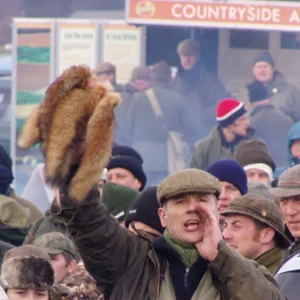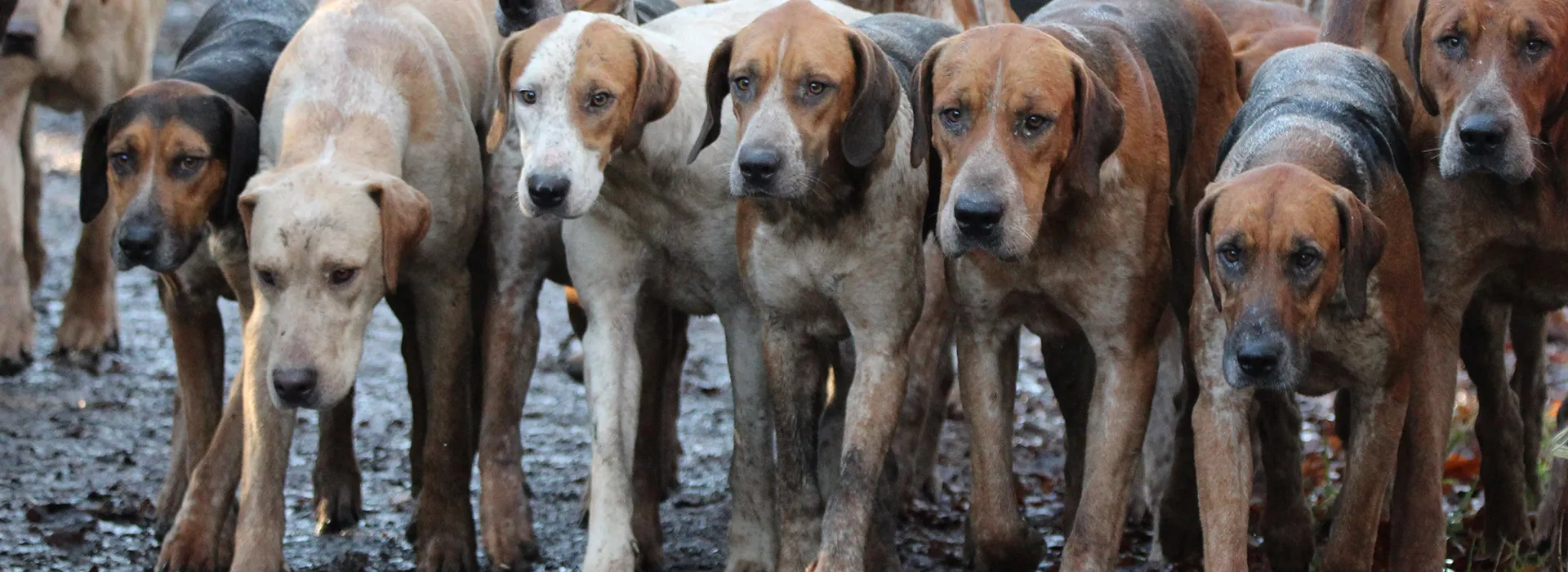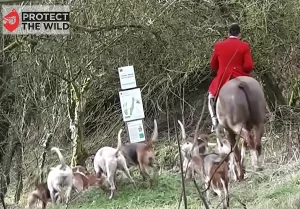Hunts across the country are breeding foxes in specially made dens to ensure an adequate supply of the animals, undermining claims that they are killed only in the name of pest control.
The ‘artificial earths’ are built on the territory of more than 50 hunts, from the Isle of Wight to Cumbria, including some of Britain’s most prestigious such as the Quorn and Beaufort hunts.
The earths are usually sunken concrete chambers built into the ground and connected by a network of tunnels. Foxes are encouraged to live in them and are sometimes fed and given water. They are usually built in areas near to key hunt ‘meets’, for example in woodland that will be hunted on Boxing Day or other prime occasions. The earths ensure that foxes are always available for a hunt in a specific area.
Animal rights campaigners last night expressed dismay over the use of such a widespread national network of artificial earths, claiming that the policy exploded a key argument of the pro-hunting lobby, which campaigns on the basis that fox hunting is a form of pest control.
‘Artificial earths are designed to ensure that hunts have a healthy population of foxes to kill. They are basically breeding these animals to be hunted. It is nothing to do with controlling a pest,’ said a spokesman for the League against Cruel Sports.
The league, which has documented the earths, believes that their true number is likely to be more than 200. ‘They are hard to find and we know we haven’t come anywhere close to discovering them all,’ a league spokesman said.
Sometimes the earths are concentrated in small areas. League members say they have found 31 on land hunted by the Thurlow Foxhounds in Cambridgeshire, some of which are built with bricks. In a single wood owned and hunted by the Suffolk Foxhounds there are three artificial earths.
At some earths, foxes are fed by dumping animal carcasses near the entrances. League members have filmed and photographed two calf carcasses dumped within 100 yards of an artificial earth on land used by the Heythrop foxhounds in Oxfordshire, one of the country’s most prestigious hunts. Near the bodies were animal bones, indicating that carcasses had been dumped on the site before.
‘The proximity of the carcasses to an artificial earth where foxes were living is just too much of a coincidence. We believe they were put there to feed the foxes,’ one league member said.
A spokeswoman for the Heythrop Hunt said it did not deliberately feed foxes. ‘I would strongly suggest it must be somebody else. The Heythrop does not put out calves’ carcasses anywhere,’ she said.
League members found a second artificial earth on the hunt’s range which was one of the most elaborate they had documented, containing a ‘dropping pot’, which allowed terriers to be put in to flush out a fox. It included water bowls fed by hosepipe and was located in trees in a sheep pasture.
The league said it would be handing a dossier of its findings to the Department for Rural Affairs and local trading standards officers. Dumping carcasses in the countryside is illegal.
The latest revelations come after league members last month showed deer carcasses being dumped near artificial earths on the estate of the Duke of Beaufort, a friend of the Prince of Wales.
Simon Hart, director of the Countryside Alliance’s Campaign for Hunting, said it was not illegal to create artificial earths, but most of them were unused and dated back decades. He said that those artificial earths that were used were designed to encourage foxes to settle away from roads or poultry farms and not for the purposes of hunting.
‘I don’t see that there’s any contradiction between countryside management, which includes the use of artificial earths, and the need to control fox numbers,’ he said.
However, a spokeswoman for the Royal Society for the Prevention of Cruelty to Animals condemned the practice. ‘There are a lot of artificial earths around that are still in use. The only benefit of doing that is to know where foxes live so you can hunt them. It shows that hunting is not pest control; it is just a blood sport,’ she said.
Even some among the hunting fraternity admit that some hunts use artificial earths and leave out animal carcasses to ensure a plentiful fox population. ‘A few hunts do it and I have to say that I disapprove of it totally,’ said Janet George, co-founder of the Countryside Action Network. ‘There is no need to encourage them to breed. They will breed anywhere anyway.’
Some pro-hunters blame the creation of artificial earths on farmers seeking to control their fox populations. But a spokesman for the National Farmers’ Union said this was unlikely. ‘I would be amazed if farmers were involved. If hunts are using artificial earths for foxes, that would anger farmers,’ he said.
Last week the Scottish Parliament voted to ban hunting with dogs, prompting speculation that similar measures will be attempted in England and Wales. Pro-hunting groups have vowed to challenge such a ban.
Hunts Details
Source: The Observer






